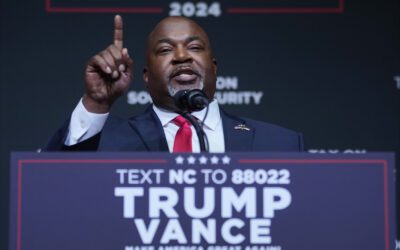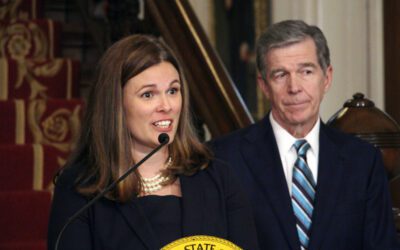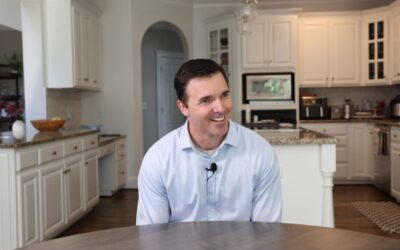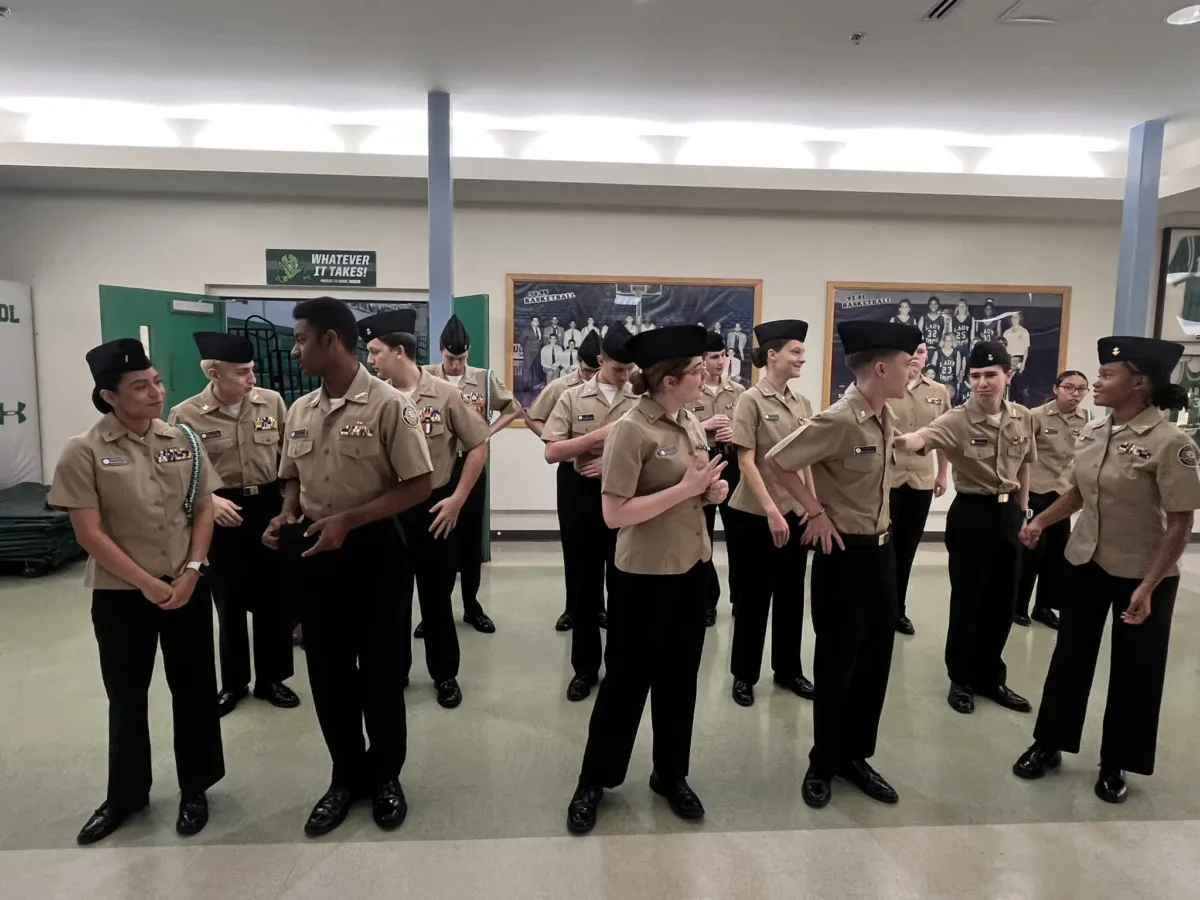
Students at a Cary high school's ROTC program. (Photo via UNC Media Hub)
A recent New York Times investigation raised concerns about ROTC programs in schools. So student journalists in NC went inside one in Wake County.
[This story was written by student journalists at UNC-Chapel Hill. It has been republished courtesy of UNC’s MediaHub.]
Natasha Tyler quickly became a standout cadet during her introductory Navy Junior ROTC course at Cary High School. She engaged during a year of COVID-imposed Zoom class, camera on, asking and answering questions.
Tyler’s parents, uncle and brother are all in the military, so during her freshman year she wanted to try things for herself, despite the challenges of learning online.
Read More: ‘It started as a lie’: NC communities push back against Moms for Liberty school policies
She soon had her eyes set on becoming the unit’s commanding officer (CO) joining the program’s Cyberpatriot and Marksmanship teams once school returned to normal.
By her senior year, she had climbed the ranks earning the title of CO Tyler, the highest position in the program.
Tyler stands just around five feet tall, with a head of dark, tight curls.
After graduation, she plans to take everything she has learned through the program to art school, where she wants to study animation.
This is the norm at CHS.
“This program is less about teaching cadets how to be the perfect soldier and rather how to be a good leader and how to improve yourself in your future life,” Tyler said.
Of the 100 or so students in Cary’s unit each year, only a couple OF cadets enlist after graduation, said Senior Naval Instructor, Commander Gregory Erickson. Another handful pursue ROTC scholarships after graduation.

The Junior ROTC offered as both class and club, is a program that brings retired officers and enlisted personnel from each branch — Army, Navy, Air Force, Marine Corps and Coast Guard — into high schools to instill the values of leadership, discipline and confidence.
At Cary High School, the Navy curriculum builds these soft skills through its coursework and builds hard skills through competitive teams ranging from Cyberpatriots, focused on network security, to Drill Team, focused on teamwork and military drills.
“I would say the NJROTC program is made up to teach kids responsibility, productivity, self-accountability, leadership scenarios,” said Chief Petty Officer Benjamin N. Heath, one of two instructors of Cary’s program. “We do not require that anyone go to the military after this.”
Concerns that school districts were pushing kids into the program were raised in a New York Times investigation that looked into a number of conduct issues.
“OK, that’s my biggest thing,” Heath said. “This is not a recruiting program. OK, this is an enrichment program for the kids.
Just like the military, it should be volunteer, Heath said.
“I’ve seen kids grow from being knuckleheads to just strong leaders to like, look at that picture of you two years, four years ago. That was you,” he said.

Fresh Cadets
On a Tuesday in November, students rushed to prepare for a showcase on Thursday. Members of the Navy would evaluate the unit’s performance ranging from how the cadets look in uniform, to drills and their stock of gear.

The unit is high-performing. Its colorful trophies don’t all fit into the large showcase in the hallway. Awards from most recent years fill ceiling-high bookshelves in the classroom, the shelves bowing beneath their weight.
Like the trophies, freshmen in the second-period JROTC vary in their stature and appearance. But together, the group brimmed with shared enthusiasm and nerves about their upcoming evaluation and Saturday Orienteering and Drill Team competitions.

Freshmen Cadets Zoe Laverpool and Ankhorit Robinson met in the program.
Laverpool forgot to select electives prior to the school year, so she found that JROTC was on her schedule. It would have been easy to drop, but she decided to try it out.
“This is my first year in public school and I was very nervous about everything,” Laverpool said.
“I just met so many people that I’m just so close with now in such a short span of time, and I’m very grateful for that,” she said.
Robinson’s father was a Marine.
“I thought that I should just try it to see how I felt about it,” Robinson said. “It’s just such a big part of my life now and I’m so glad that I joined.”

Platoon Officer Samiya Natesan-Torres also comes from a family of service members. Her grandfather served in the Indian military before immigrating to the U.S.
“I think (the program) added to my respect of how much they do for us in this country,” she said. “Because of the amount of dedication it takes to serve your country with your life, your body, your mind, your soul to your fullest.”
The best skill she’s taken away, she said, is “putting myself, more than myself, into a team where I have to help everyone around me. It’s not just that I have to excel. I need to make sure everyone else is excelling.”
Freshman Cadet Seamen Aryan Rohira said the program accommodates everyone. He said it was easy to fill out a form to waive the hair grooming standards to accommodate his religious identity.
ROTC isn’t monolithic, Erikson said. “Not every ROTC cadet is exactly the same…and it does become for a lot of these kids, you know, their family at school, their group, their peers.”
“In high school, that’s really important to students, that they feel that they’re part of a group that is looking out for them. And I hope that’s the case,” he said.
Cadet Curriculum
The freshman students said the best skills they’ve learned so far are the soft skills rather than the technical skills.
“What It means to be a citizen in our country, what our duty is like, not only as being a part of like the military but also being like a citizen in America yourself,” Robinson said. “Just like simple things, like learning how to be a good person.”
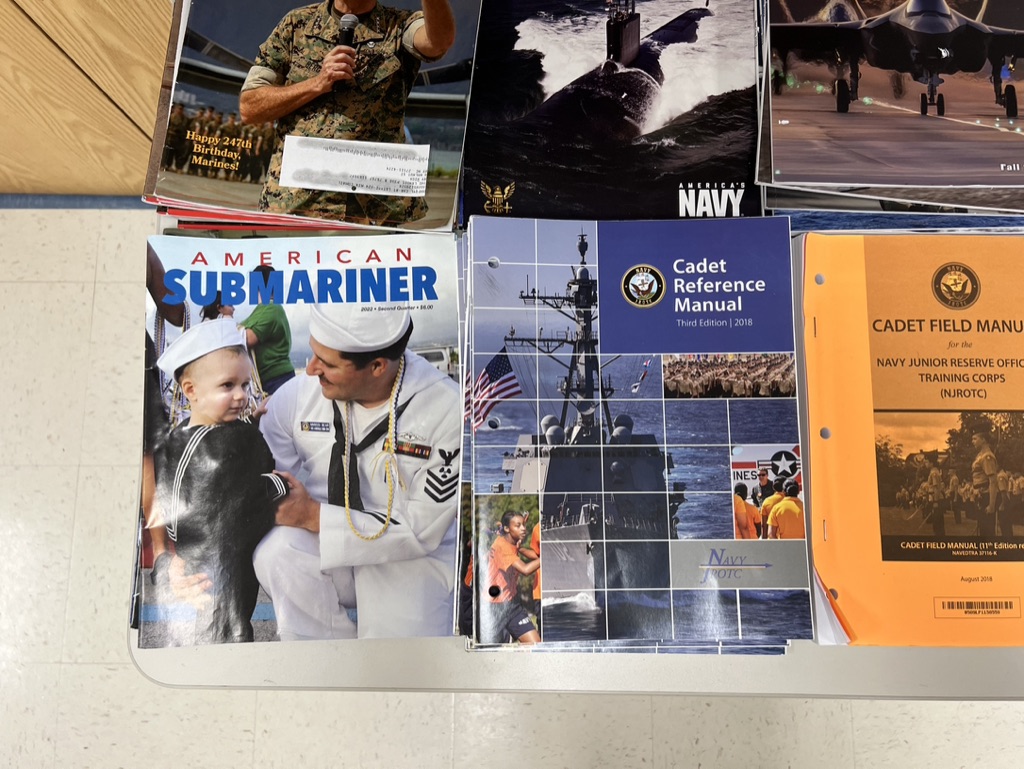
The national JROTC curriculum was also investigated by the New York Times, which “found that some of the books also included outdated gender messages, a conservative shading of political issues and accounts of historical events that falsify or downplay the failings of the U.S. government,” the Times wrote. The article also noted that the curriculum isN’T subject to typical oversight from the district.
The Navy provides the curriculum, along with funding for part of instructor salaries, uniforms and computers. The rest of the money comes from fundraising and grants.
Erikson agrees that the curriculum needs an overhaul. He has been on the national curriculum committee for N.J.R.O.T.C. since 2020.
While serving, Erikson had worked on Navy curriculum created by a team of education specialists and a committee to craft focused learning objectives. He wants to see this process bettered at the JROTC level.
Western centrism and misguided conclusions about historical events are the two biggest problems, he said.
Right now the changes discussed haven’t been implemented because the program lacks a curriculum manager.
“There isn’t anybody at the national level that is able to compile the inputs from all and then put those to the publisher to make changes is what I see. And it’s hurting us,” he said.
Erikson addressed another key issue raised by the Times: sexual abuse by instructors.

“There are programs within ROTC that are not performing. And there are instructors that have misbehaved and done bad things. And there’s no denying that,” Erikson said. “Even one event that’s abuse or misconduct is too many and, and the Navy, I would say recognizes that and is trying to try to prevent all of the instructor misconduct.”
Aside from the textbook curriculum, one of the program’s most contested elements is its marksmanship team, where students learn how to shoot rifles.
This was another issue investigated by The New York Times which looked into N.R.A. ties to the program, particularly through funding, for these rifle teams.
Cary High School’s marksmanship team is funded by both grants from the N.R.A. and the Cary American Legion Post 67, where CHS’ marksmanship practices take place.
“We’re very strict when it comes to safety,” said Tyler, who leads the marksmanship team. “So to get into the team, you have to have a perfect 100 on your test on your safety test. You only have two tries. Some former commanders have had three tries, but we’ve cut that down because we don’t have time for nonsense.”
She added: “Whenever we’re shooting, we’re shooting for precision. You know, it’s not like hunting where you’re shooting to kill.”
She thinks that any problems with the marksmanship team come from individual students, not the unit or its leadership.
JROTC Family
Freshman Rohira and Robinson said the program is the most important part of their high school experience so far. Many of the other cadets described it as a family.
The unit will often eat lunch together in the classroom.
“My kids, my cadets, they’re a little nerdy. And that’s OK, nerds run the world,” Heath said. “I’m protecting my little nerds, they can hang down here and eat as long as they clean up after themselves, but I just want that family atmosphere around here for them.”
He added: “I just want you to do something in your life. And understand what you’re doing understand that what you’re doing has consequences.”
“When you get a good group of kids that are exerting positive peer pressure on each other, to do the right thing and to do good things. It just really is an amazing process,” Erikson said.
“That’s the culture that I hope that I have instilled and developed here at Cary High School.”
One year after Helene, NC program teaches students resilience
By Eric Tegethoff As the one-year anniversary of Hurricane Helene's devastating landfall approaches, a program in western North Carolina schools is...

Reduced fine for NC farmworker’s death raises accountability questions
By Eric Tegethoff During National Farm Safety and Health Week, a massively reduced fine for poor conditions that led to a farmworker's death...
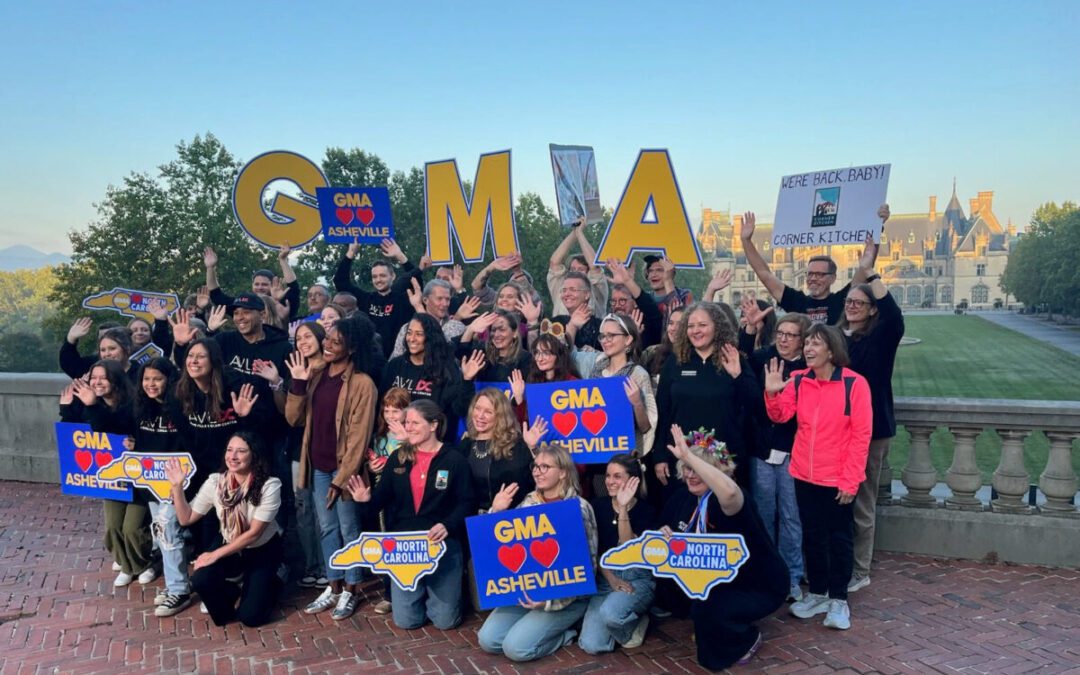
Good News Friday: ‘Good Morning America’ spotlights North Carolina’s hurricane recovery efforts in Asheville
In this week's Good News Friday, we take a look at the "Good Morning America" visit to Biltmore to talk Helene recovery in Asheville, plus more good...

Good News Friday: ‘Good Morning America’ spotlights North Carolina’s hurricane recovery efforts in Asheville
In this week's Good News Friday, we take a look at the "Good Morning America" visit to Biltmore to talk Helene recovery in Asheville, plus more good...
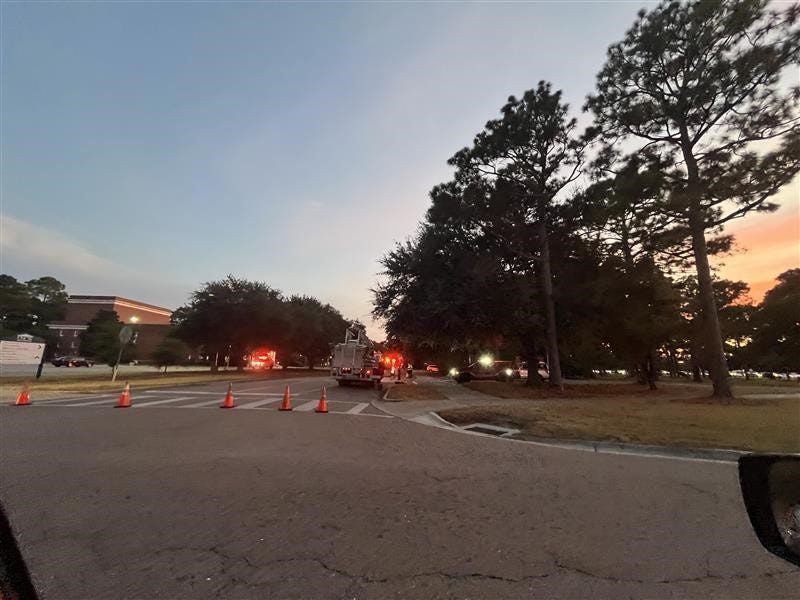
UNC-Wilmington chancellor on false alarm lockdown: ‘I am angry for this violation’
Less than 24 hours after unconfirmed reports of a gunman were found to be untrue, UNC-Wilmington's chancellor said "the very sanctity of our campus...



